High voltage stun gun brands employ advanced technologies to evade detection, prompting law enforcement to update their scanning methods and training. Balancing personal safety with secrecy, these devices utilize non-metallic components and innovative design to minimize traceability, while airport security uses metal detectors and pat-down searches. Modern detection solutions include handheld RF/EMF detectors that identify stun guns through clothing and skin. Globally, legal frameworks vary but often restrict specific high voltage stun gun brands for public safety, with authorities investing in advanced scanners to maintain compliance and security.
In an era where personal safety is paramount, concealed stun gun carry has become a contentious issue. With concerns mounting over their detection, understanding how these devices work is crucial. This article delves into the intricacies of stun gun detection systems, exploring challenges faced by concealed carriers and dissecting differences among top High Voltage Stun Gun Brands. From airport security protocols to advancements in technology and legal considerations, we navigate the complex landscape, offering insights for informed decision-making in the realm of self-defense.
- Understanding Stun Gun Detection Systems: How They Work
- The Challenge of Concealed Carry: Overcoming Detection Obstacles
- High Voltage Stun Guns: Uncovering Brand Differences in Detection
- Airport Security and Stun Guns: Protocols for Air Travel
- Advanced Technology: Enhancing Stun Gun Detection Methods
- Legal Aspects: Regulations on Stun Gun Detection Devices
Understanding Stun Gun Detection Systems: How They Work
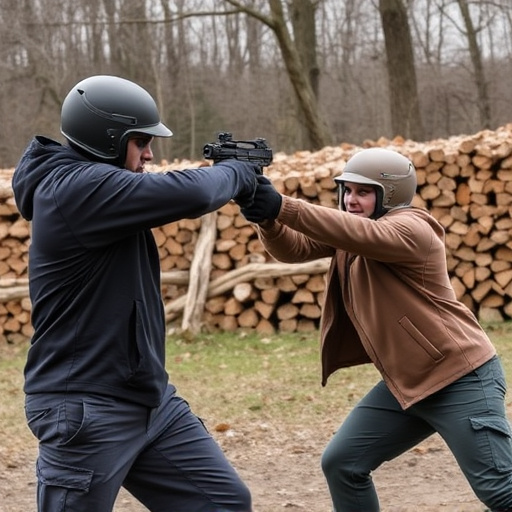
Stun gun detection systems are designed to identify the presence and location of stun devices, which emit high voltage electrical charges to incapacitate individuals. These systems operate on advanced technology that can quickly analyze and respond to the unique electromagnetic signatures of stun guns. When a stun gun is activated, it creates a distinct signal that includes specific frequency ranges and voltage levels. Detection algorithms are programmed to recognize these patterns and trigger alarms or other response mechanisms.
High-voltage stun gun brands often incorporate sophisticated design elements to enhance detection evasion. However, continuous advancements in technology present ongoing challenges for both manufacturers of such devices and the law enforcement agencies tasked with detecting them. Regular updates to detection systems are necessary to keep pace with evolving stun gun designs, ensuring public safety and security.
The Challenge of Concealed Carry: Overcoming Detection Obstacles
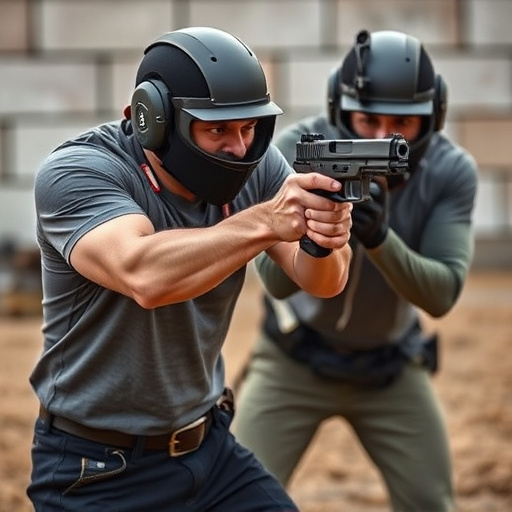
The challenge of concealed carry lies in balancing personal safety with secrecy. While many individuals opt for stun guns as a discreet self-defense mechanism, detecting these devices can be an obstacle. High voltage stun gun brands often focus on miniaturization and design features that make their products easier to conceal. However, law enforcement agencies and security personnel are becoming increasingly adept at identifying these devices through advanced scanning technologies and training.
Overcoming detection obstacles requires a combination of innovative product design and awareness. High-quality stun guns with robust yet subtle features can help users stay hidden. Simultaneously, regular training for both professionals and citizens on the latest detection methods is crucial. Staying informed about evolving technology ensures that individuals carrying concealed stun guns can do so with greater confidence and reduced risk of discovery.
High Voltage Stun Guns: Uncovering Brand Differences in Detection
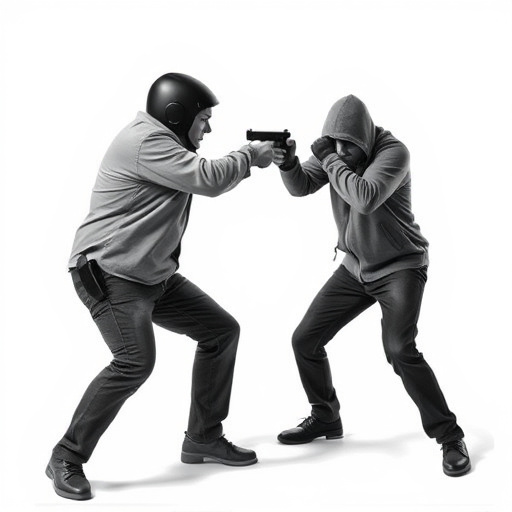
High Voltage Stun Guns, while designed for personal safety, have varying degrees of detectability by security systems. When it comes to High Voltage Stun Gun Brands, understanding the differences in their features can be crucial. Some brands incorporate advanced technologies that make them harder to trace, while others may be more easily detected by metal detectors and other security equipment.
Each brand has its unique design and materials that influence how they interact with security systems. For instance, certain High Voltage Stun Gun Brands use non-metallic components to reduce the risk of detection, employing innovative materials that don’t set off alarms as readily. Others might be more conventional in their construction, making them easier to identify during a sweep. Knowing these brand differences can help individuals choose a stun gun that best suits their security needs while considering the environment in which it will be deployed.
Airport Security and Stun Guns: Protocols for Air Travel
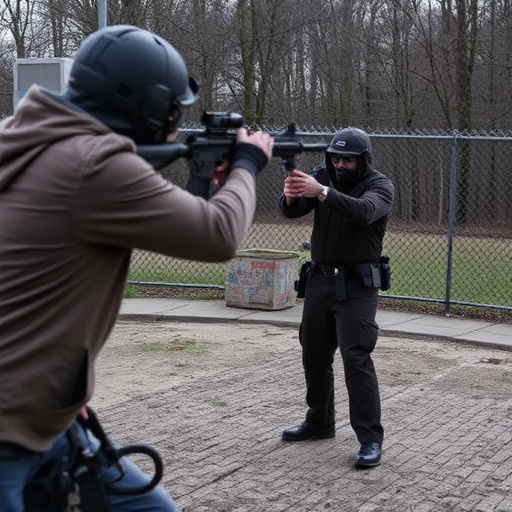
Airport security procedures are designed to ensure the safety of air travelers, and one area that requires meticulous attention is the detection of concealed weapons, including stun guns. While high-voltage stun gun brands offer personal protection, their presence in an airport setting poses unique challenges. Security officials must be adept at identifying these devices due to their often unassuming appearance, which can easily mask their true purpose. Common methods include specialized metal detectors and pat-down searches, but with the right expertise and equipment, even advanced stun guns can be discovered.
Air travel protocols dictate that any suspected weapon, including stun guns, must be handled with care to avoid escalation. Trained security personnel follow strict guidelines when detaining individuals, ensuring a balance between passenger safety and respect for personal freedoms. This delicate approach is crucial in maintaining order while allowing innocent travelers to continue their journeys undisturbed by false positives or unnecessary alarm.
Advanced Technology: Enhancing Stun Gun Detection Methods

Advanced technology is constantly revolutionizing the field of stun gun detection, making it a game-changer in ensuring safety and security. Modern detection methods employ sophisticated equipment and software to identify hidden stun guns, especially those from high voltage stun gun brands known for their potency. These devices utilize advanced sensors that can detect subtle electrical signals emitted by stun guns, even when they are concealed on a person’s body.
The latest innovations include portable, handheld detectors that use radio frequency (RF) and electromagnetic field (EMF) technology to scan individuals for stun guns. These tools can quickly analyze a person’s clothing and skin for any unusual electrical activity, making them valuable assets in high-risk environments. With the ability to detect even minimal charges, these advanced technologies offer a more comprehensive solution, addressing concerns about concealed stun gun usage and enhancing overall security measures.
Legal Aspects: Regulations on Stun Gun Detection Devices
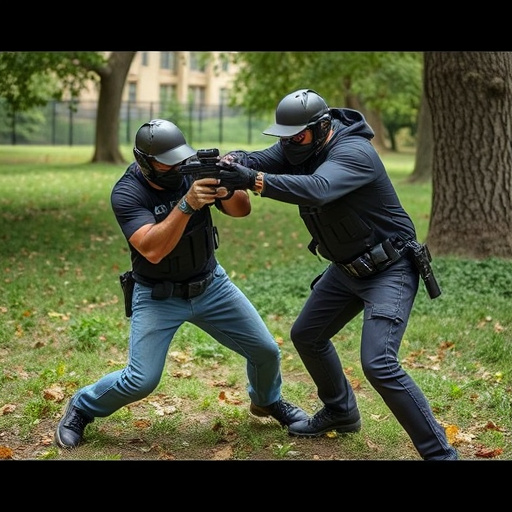
The legal landscape surrounding stun gun detection devices is complex and varies significantly across jurisdictions. In many regions, there are strict regulations in place to ensure public safety and prevent unauthorized access to firearms, including stun guns. These regulations often dictate the type of technology that can be used for detection, as well as who can possess and operate such devices. For example, some areas have banned certain high voltage stun gun brands due to their potential for misuse or because they fall outside the approved detection technologies.
Authorities are increasingly focusing on advancements in stun gun detection to keep pace with evolving weapon designs. This includes the development of advanced metal detectors capable of identifying stun guns, as well as specialized scanners that can detect the electrical signatures of high-voltage stun guns brands. Compliance with these legal aspects is crucial for both individuals carrying stun guns for self-defense and law enforcement agencies tasked with maintaining public safety.
As we’ve explored, concealed stun gun detection presents a complex web of considerations. From understanding detection systems and overcoming carry challenges to examining high voltage brand differences and airport security protocols, it’s clear advanced technology plays a vital role in enhancing safety. Legal aspects, too, cannot be overlooked when addressing these issues. By navigating these factors, we can work towards more effective stun gun detection methods, ensuring public safety without infringing on legitimate personal freedoms. When choosing stun guns, being informed about high voltage brand distinctions can also contribute to better detection outcomes.
